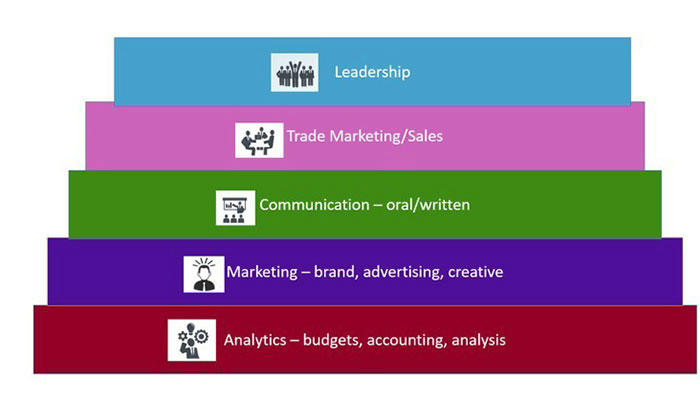Leveraging Data Analytics Tools to Boost Your Career Competitiveness: A Guide for Midcareer Professionals
In today’s data-driven workplace, mastering analytics tools is no longer a niche skill—it’s a career imperative. For midcareer professionals looking to stay relevant or pivot into high-demand roles, data literacy offers a powerful pathway to growth. This guide explores actionable strategies to harness analytics tools effectively, even if you’re starting from scratch.
1. Start with Foundational Tools: Turn Data into Decisions

Begin by mastering tools that bridge simplicity and impact. Excel remains a cornerstone for professionals at all levels, offering robust features like pivot tables, conditional formatting, and VLOOKUP for quick data manipulation. Pair it with Power BI or Tableau to create interactive dashboards that visualize trends in sales, customer behavior, or operational efficiency. For example, a marketing manager could use Power BI to track campaign ROI by merging CRM data with social media metrics, identifying underperforming channels in real time.
Key steps for beginners:
- Use Excel’s Power Query to automate data cleaning, such as removing duplicates or standardizing formats.
- Build basic dashboards in Power BI to monitor KPIs like monthly revenue or employee productivity.
- Practice with free datasets to simulate workplace scenarios.
These skills enable you to translate raw data into actionable insights, positioning you as a problem-solver in team meetings or leadership reviews.
2. Upskill with Automation and AI-Driven Tools

Midcareer professionals often juggle tight schedules, making efficiency-critical tools like Python and RPA (Robotic Process Automation) invaluable. While coding may seem daunting, platforms like Google Colab simplify Python scripting for tasks such as sentiment analysis of customer reviews or automating repetitive Excel reports. For non-technical users, no-code tools like Airtable or Zapier streamline workflows—for instance, automatically syncing sales leads from emails to a centralized database.
High-impact applications:
- Predictive analytics tools can forecast quarterly sales or inventory needs with minimal coding.
- Use natural language processing (NLP) tools to analyze customer feedback and identify recurring complaints.
Focus on tools that align with your industry. For example, HR professionals can use analytics to predict employee turnover, while supply chain managers might prioritize inventory optimization algorithms.
3. Apply Analytics to Career Pivots and Promotions

Data literacy isn’t just about technical skills—it’s about framing your experience in ways that align with high-demand roles. For instance:
- Transitioning from sales to business analysis by highlighting your ability to interpret customer data trends.
- Moving into product management by showcasing how you used A/B testing tools to improve user engagement.
Quantify your achievements using data. Instead of stating “improved team efficiency,” say “automated monthly reporting, reducing manual work by 15 hours per month.” This demonstrates direct business impact.
Additionally, use LinkedIn’s Skills Assessment feature to validate your proficiency in tools like SQL or Tableau. Many recruiters filter candidates based on these verified skills.
4. Build a Sustainable Learning Plan

Continuous learning is key to maintaining relevance. Start with these steps:
- Audit your current role: Identify tasks that could benefit from automation or deeper analysis.
- Prioritize in-demand tools: For example, data visualization (Tableau), statistical analysis (Python), or cloud analytics (AWS QuickSight).
- Join communities: Engage in forums or local meetups focused on data-driven industries.
Many organizations now offer internal upskilling programs. Propose a data analytics project to your manager, such as optimizing budget allocation using historical spending patterns. This not only builds skills but also positions you for leadership roles.
Conclusion
For midcareer professionals, data analytics is less about becoming a technical expert and more about leveraging tools to drive smarter decisions. By starting with foundational tools, embracing automation, and aligning skills with strategic career goals, you can transform data literacy into a competitive edge.
